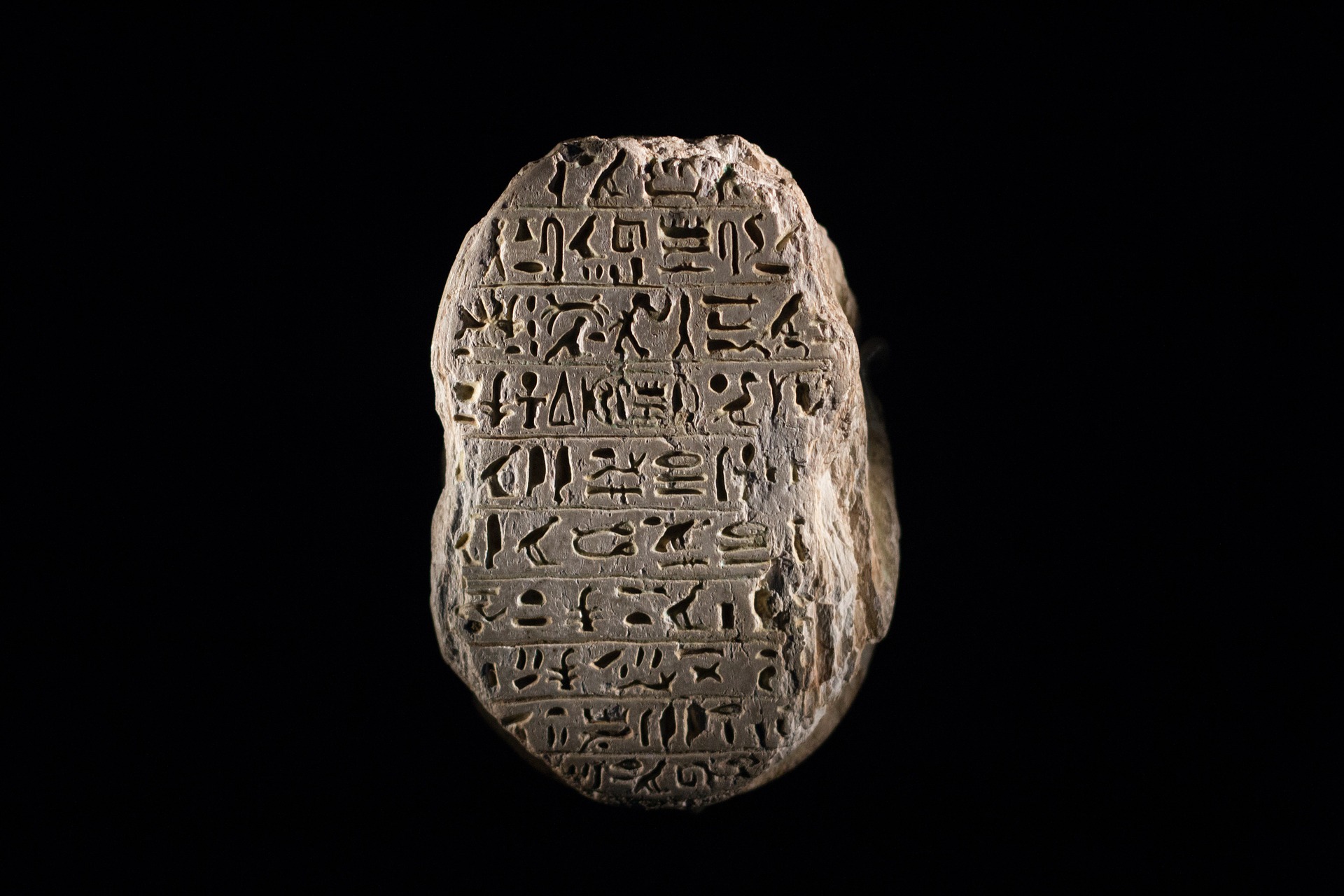How ICP Spectroscopy is Applied to Archaeology
Inductively-coupled plasma (ICP) spectroscopy has provided archeological researchers with an ideal resource for quantitatively and non-destructively determining the elemental composition of a sample. ICP spectroscopy only requires small surface samples to acquire detailed information relating to sample trace elements and the provenance of geochemical analytes. This is due to the outstanding sensitivity of ICP mass spectrometry equipment, which is designed to perform sample analysis and provide data pertaining to the concentration of metals and select non-metal materials present in the analyte. ICP spectroscopy can accurately quantify the presence of elements with concentrations below the parts per million (ppm) range.
This extreme level of precision makes ICP spectroscopy uniquely suited to applications where high-sensitivity detection levels of are of crucial importance. Here we will cover the archeological applications of ICP equipment in further detail.

Why is ICP Spectroscopy Useful in Archeology?
ICP spectroscopy has become an established methodology for trace element determination and isotopic analysis of geological and archeological samples. It is routinely used to determine the provenance of artefacts through geochemical analysis, providing infinitely more precise evaluations of significant historical items than informed, visual examination. Ancient tools or ceramics are regularly characterized through expert observation of distinct cultural features. ICP equipment reinforces this analysis by providing ultra-trace level determination of a sample’s elemental composition.
This information is a critical influence for archeologists hoping to trace the provenance of archeological samples such as ancient tools and materials, without altering the integrity of the item. ICP spectroscopy can rapidly distinguish the elemental content of a tiny sample taken from the surface of an archeological item.
Prior to ICP analysis, this sample must be dissolved into a heterogenous liquid solution with a lithium borate fusion mixture. This liquid mix is introduced to the ICP spectroscopy through a nebulizer, which channels liquid sample molecules through a plasma torch array. Various optical methods are used to acquire data relating to the ionization of sample particles, with distinct techniques available for the observation of atomic emission. Mass spectrometry-enabled ICP equipment separates sample elements by their mass-to-charge ratios, allowing archeologists to detect the presence of almost any element in the periodic table at a potential detection range of parts per billion (ppb).
ICP spectroscopy also provides isotopic analysis of organic and inorganic archeological materials, providing a quantitative basis for conclusions that were previously speculative in nature, such as the dietary, social, and ecological habits of ancient societies.
This breadth of insight crucially relies on the accuracy and non-invasiveness of ICP methodologies, which in turn relies on the fast and accurate preparation of samples for analysis.
ICP Equipment from XRF Scientific
XRF Scientific provides a unique range of ICP equipment for archeological analysis. We are experts in sample preparation methodologies, providing reference materials, fusion fluxers, and other ICP solutions to ensure that end-results are performed with unerring degrees of precision.
Learn About More Applications of ICP spectroscopy
Or, for any more information about our ICP equipment, please do not hesitate to contact us today.









